Since 2022, the Delaware Arts Alliance (DAA) has been driving a groundbreaking research process to propel Delaware’s creative economy and cultural tourism sector forward. The Creative Economy Advancement & Tourism Expansion (CREATE) Plan, an initiative led by DAA, engages Delawareans in shaping a shared vision for a thriving, inclusive, and interconnected creative economy. This project—which is the first of its kind in the nation—delves into the full creative landscape at the state, county, and city levels. Developed with input from over 600 Delawareans from all walks of life, the CREATE Plan tackles post-pandemic challenges and provides actionable solutions to strengthen Delaware’s creative economy.
Why the CREATE Plan Matters
Imagine a future where Delaware’s creative economy thrives, attracting visitors and driving economic growth. The CREATE Plan outlines clear steps to achieve this vision, including policy changes and investments for post-pandemic recovery. With the CREATE Plan in hand, Delaware can become a national leader in creative economy development, putting the arts and tourism on equal footing with other economic drivers. This plan affects everyone – artists, businesses, educators, and the public. By implementing these recommendations, we can all work together to unlock the creative economy’s potential and make the arts and tourism sectors not just survive, but thrive!
CREATE Plan Goals
Understanding the Creative Economy
The creative economy is a vibrant ecosystem—of individuals, businesses, and nonprofit organizations—collectively dedicated to producing, sharing, and celebrating cultural, artistic, and heritage-related goods, as well as services and activities. This sector encompasses a wide range of participants, from entrepreneurs and designers to filmmakers and publishers. It also includes contributors like venues, event organizers, educators, and an essential network of regional suppliers, manufacturers, and retailers who all play key roles in sustaining and enriching the creative economy.
Beyond its artistic value, the creative economy is a powerful economic driver that fuels innovation, research and development, tourism, and efforts in placemaking and branding.
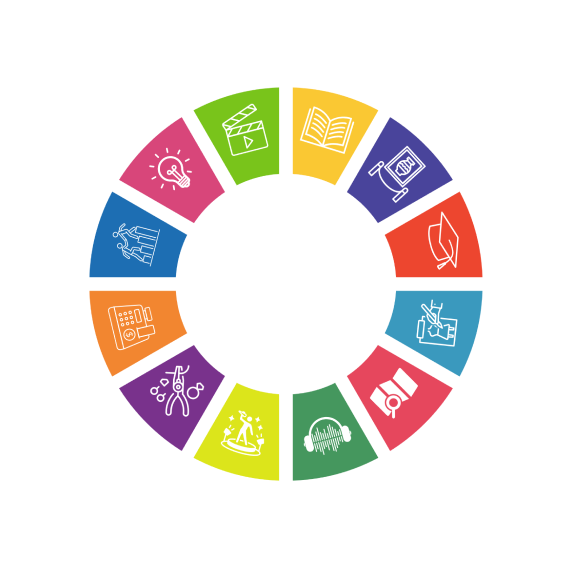
Based on the taxonomy provided by UNESCO, we define the creative economy as being composed of these sectors:
Artistic Creation & Performance:
Performers (musicians, artists, actors, dancers), writers, technical specialists (art restorers, sound technicians), performing groups (bands, orchestras, choirs, theatrical companies), visual artists (painters, sculptors), and media creators (filmmakers, directors, radio DJs)
Audiovisual & Interactive Media:
Film and video (production, distribution, theaters), radio and TV (stations, networks), software and music production, broadcasting and telecom equipment makers, news providers, interactive media developers, and internet streaming platforms
Books & Press:
Book publishing (print, electronic, audio), newspapers (print, distribution, ads), magazines and periodicals, directories and databases, greeting cards, other publishers (calendars, yearbooks, catalogues), printing services (print, apparel), and libraries and archives
Cultural & Natural Heritage:
Museums that preserve and exhibit historical, cultural, and educational artifacts, and zoos and botanical gardens that showcase live plant and animal collections
Cultural Education:
Organizations offering traineeships, universities with cultural and creative programs or business programs, public or private schools with cultural and creative programs, and independent instructors offering cultural and creative-related skills tutoring services
Design & Creative Services:
Interior designers, industrial design companies, graphic designers, fashion designers, costume and jewelry designers, architects, landscape architects, and advertising agencies
Industry Support – Retail:
Music stores (records, instruments, equipment), bookstores and wholesalers (retail and wholesale of books, newspapers, magazines), and film and video stores
Music Recording & Publishing:
Music publishers, recording studios, rehearsal spaces, record labels, and pre-recording producers and distributors
Other Professional & Business Support:
Ticket resellers, cultural and creative publications, other support services (accounting, marketing and social media, content creation, event production, licensing), nonprofits, charities, and artist associations
Performing Arts – Live Theater, Music, Dance, and Circus:
Venues (arenas, theaters, concert halls, multi-purpose spaces, parks, galleries, churches), nightclubs, bars/restaurants with live music, booking agencies, producers, festivals, and artist managers
Tourism:
Accommodation establishments, such as hotels and hostels, including bed and breakfasts
Visual Arts & Crafts:
Photographers (portrait, commercial), craftspeople (jewelry, woodworking, ceramics, weaving), art galleries, auction houses, and art dealers
Voices from the Creative Economy
Hear from a diverse range of people who contribute to and support Delaware’s creative economy! By shining a light on their challenges, opportunities, and successes, we can build a brighter and more vibrant future for the creative and tourism industries in Delaware.
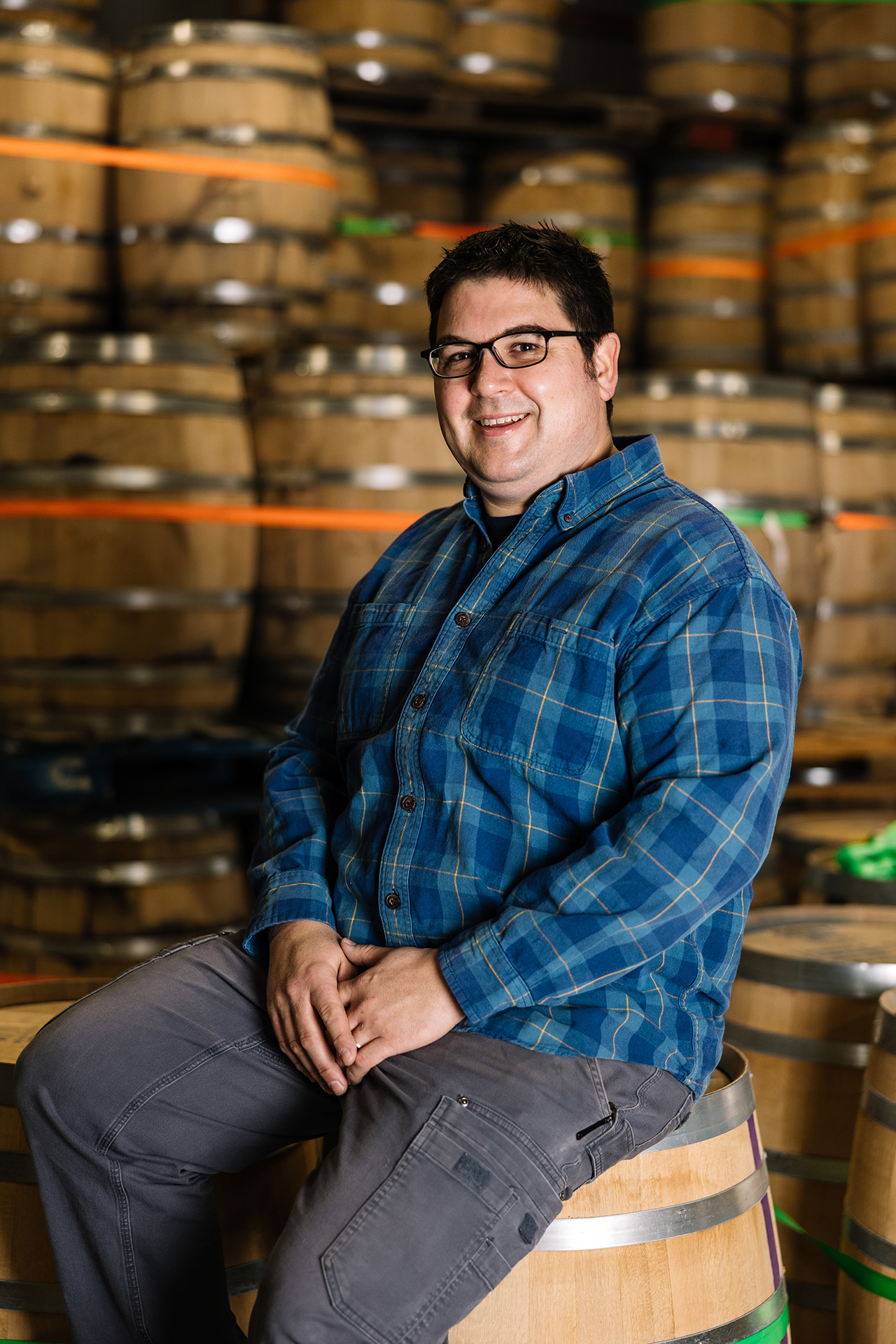
Mike Rasmussen
“The creative economy is where arts, culture, food and beverage, and entertainment all come together to make our communities great places to live, work and play…”
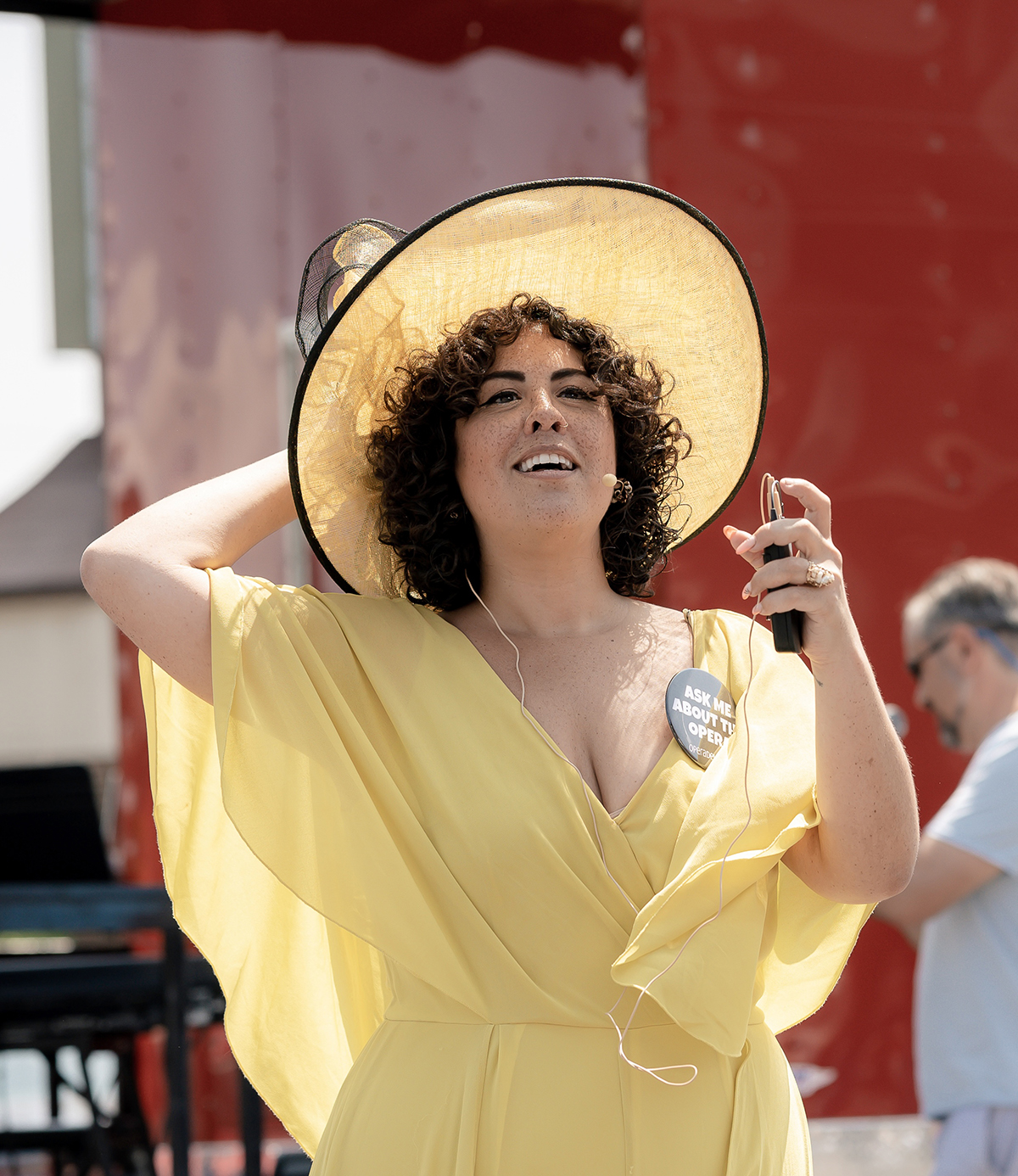
Kerriann Otaño
“investing in the creative economy is a gateway to cultivating a unique cultural identity for the First State. A robust creative economy means…”
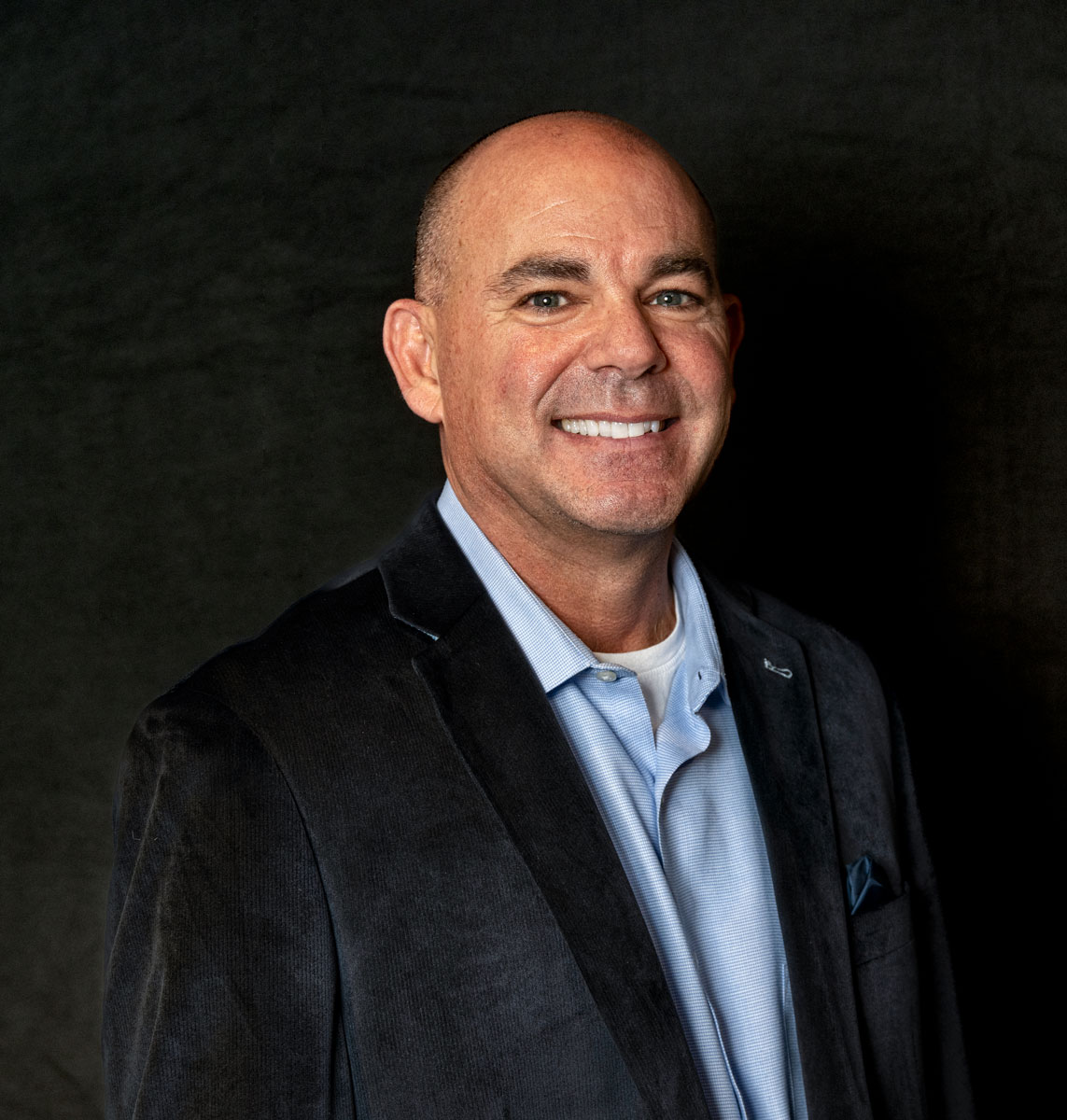
Scott Thomas
“The creative economy means capitalizing on cultural strengths and stories through film, performing and visual arts, media and books, and all the workforce and…”
Help us celebrate the creative economy in Delaware and share your story for a chance to be featured.
Methodology
The DAA partnered with global consultancy Sound Diplomacy to develop the CREATE Plan. We used a five-step research process to gather information and insights:
25 Focus Groups
227 Focus Group Attendees
336 Survey Participants
10 Community Engagement Captains
55 Launch Event Attendees
Delaware’s Creative Economy:
Economic Impact

Creative sectors significantly contribute to the state’s economy
In 2021, Delaware’s creative economy had a total output of $3.7 billion and a total Gross Value Added of $2.2 billion.

The creative economy has a ripple effect on other sectors
Every $1 of output of the creative economy = an additional output of $0.60 for the rest of the economy.

Investing in the creativity economy fuels jobs in Delaware
The creative economy supports 18,551 jobs (4.1% of Delaware jobs), including jobs that supply goods and services to the creative economy and jobs created by the spending of creative economy workers.

Creative jobs are a key part of Delaware’s workforce
2.35% of Delaware’s workforce is directly employed in creative and cultural tourism sectors, surpassing industries like wholesale trade and agriculture.

The creative economy has a higher average income but salaries vary widely
The average income in the creative economy 29% higher than the rest of the economy, but there are large income disparities, with salaries ranging from $29K to $93K.

Small businesses and freelancers power the creative economy
Delaware’s creative economy consists of 70.7% small businesses, a higher percentage than the overall economy’s 58.5%, and has a self-employment rate of 17.8%.

The creative economy is not yet representative of or equitable for women
The creative economy is made up of 35% women, compared to 49.4% in the rest of the economy. In addition, men earn on average 39.9% more than women.

For the creative economy to thrive, all voices need to be heard
Black individuals compose 12.3% of the creative economy workforce, which is significantly lower than their proportion of the general population at 21.5%.
Key Takeaways
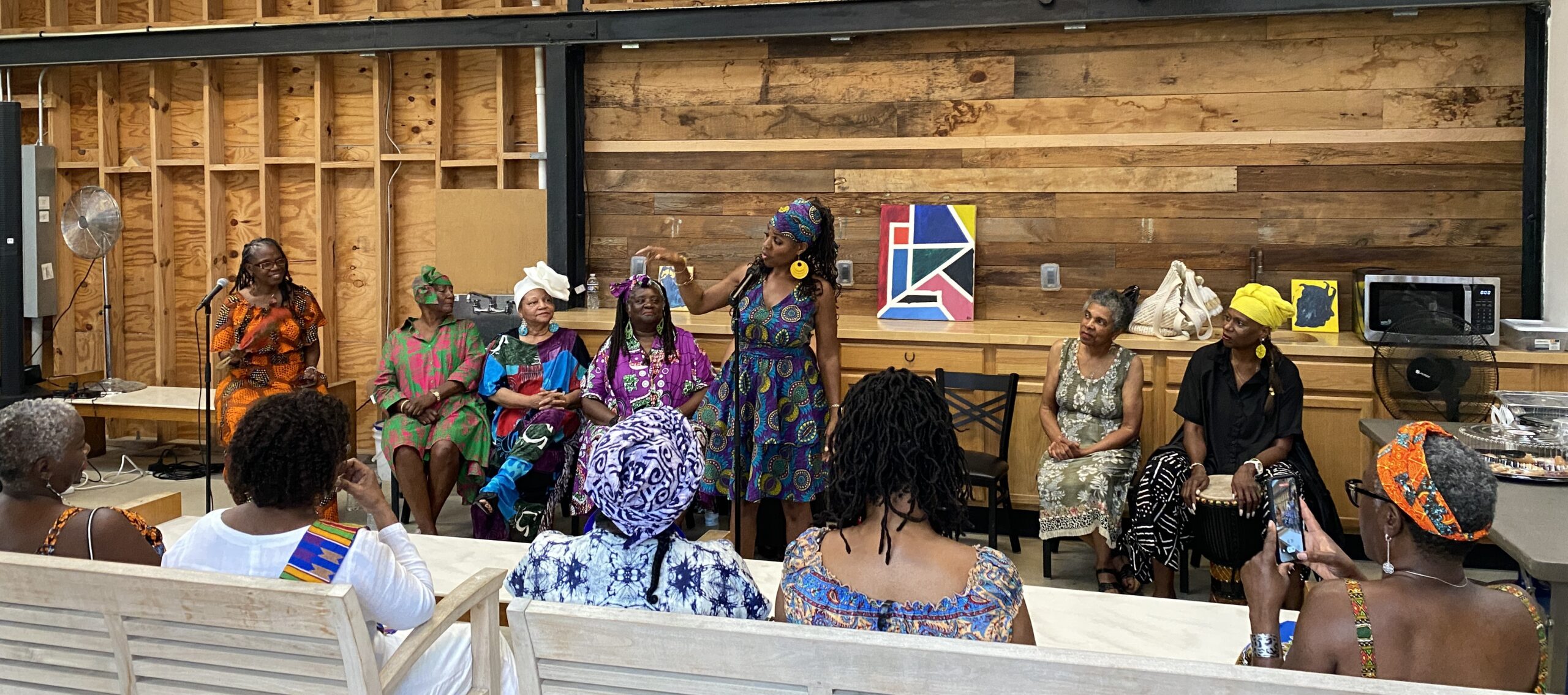
Delaware’s creative economy thrives with a significant economic impact but faces challenges like uneven distribution across regions, limited collaboration, outdated regulations, and a need for more cultural hubs.
Delaware’s creative workforce thrives in small businesses and self-employment (88.5%), enjoys a higher average income than other sectors, but faces income inequality (gender pay gap, racial wealth divide), and needs better business support and compensation structures.
Delaware is home to a significant tourism industry but tourism is not fully integrated with the creative economy and the state is not perceived as a cultural tourism destination by 78% of creatives and 75% of cultural sector organizations, who indicate that they do not rely on tourism for income.
Delaware’s creative economy lacks consistent funding and funding structures that prioritize equity. While 68% of creative institutions have received grants in the last two years, 67% of creative individuals have not.
Improved arts education is needed to establish a thriving creative ecosystem. Lack of equity, access, and funding remain persistent challenges to arts education in Delaware, disproportionately impacting rural areas, low-income students, communities of color, and educators.
More accessible and formalized professional development is needed to support Delaware’s creative economy – including education focused on marketing, social media, fundraising, business, and financial management.
Creative infrastructure is limited and geographically uneven in Delaware, which performs below the national average for multiple sectors. Lack of public transportation for marginalized communities, limited rehearsal and workshop spaces, and lack of access to cultural activities are all notable developmental opportunities.
Creatives in Delaware need help to market their work to a broad audience effectively. Despite strong local interest in cultural offerings, word-of-mouth promotion is emphasized over social media and digital marketing, and audiences lack access to information about events and activities.
Asset Map
Ready to take a closer look at Delaware’s creative landscape? An exciting feature of the CREATE Plan is our asset map, which provides an interactive visual index of 2,534 creative economy assets across the state. The asset map is the ultimate resource for anyone seeking to get to know the creative community and get involved. Here are a few ways it can be used:
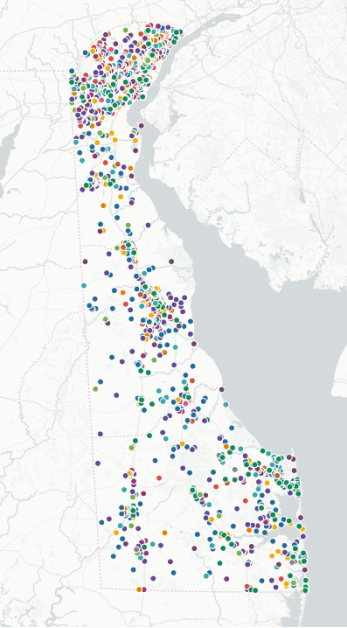
- For creatives: Learn about available resources and get a boost from collective goal achievement through comprehensive representation of creative businesses statewide
- For community members: Discover local artists, businesses, events, venues, cultural organizations, and other opportunities to support your creative community
- For government partners: Access detailed data for developing initiatives that bolster the creative economy or refining existing strategies
- For businesses and nonprofit organizations: Get connected and foster collaboration with other like-minded organizations and businesses in your area
Recommendations
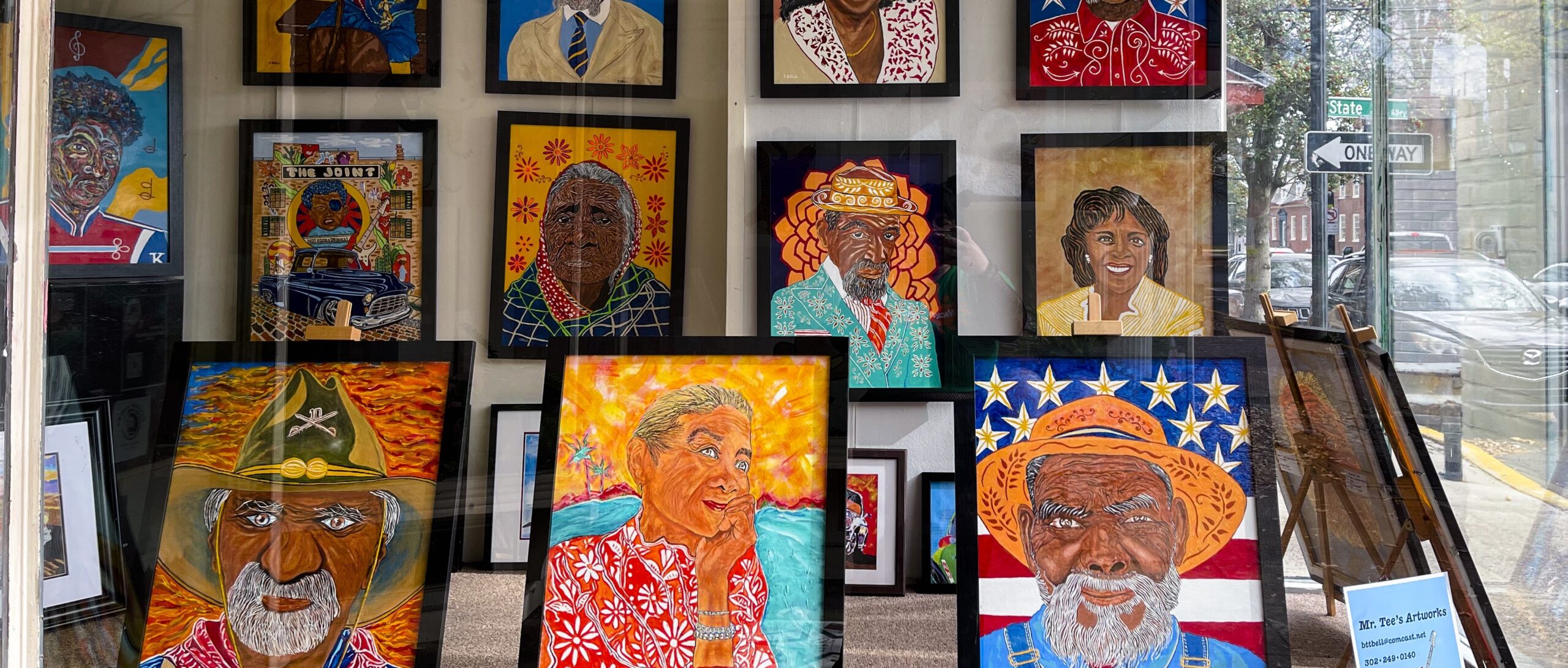
Based on data and insights from the full report, the CREATE Plan provides targeted recommendations and actionable steps—for government partners, businesses, nonprofit organizations, and other stakeholders—to help nurture and grow Delaware’s burgeoning creative economy. Key recommendations are organized according to the various verticals and opportunities outlined in the report. We also encourage you to explore the full report which contains international case studies, considerations for implementation, guidelines for Diversity, Equity, Accessibility, and Inclusion (DEA&I), and benchmark examples for each recommendation.
Delaware’s creative and cultural tourism sector has the potential to be a powerful economic force but while some areas are thriving, there’s still room for growth. These recommendations include encouraging collaboration among different creative groups and streamlining the processes to get permits for events. By working together and making it easier to showcase creativity, we can cultivate a more vibrant and accessible creative economy in Delaware. This, in turn, will address issues like diversity, equity, and accessibility (DE&A) within the arts, stimulate economic activity, and ultimately lead to a richer tourism offering for the state.
- Establish a creative economy task force that continues to build cross-sectoral collaboration and engage stakeholders
- Establish creative hubs in each county
- Update special event and performance-related permits and licenses at the state, county, and city level
- Develop a statewide digital “one-stop shop” for permits and licenses
Delaware’s creative industries contribute significantly to the state’s economy but despite strong support for small and independent businesses, significant disparities exist along sector, gender, and racial lines. In order to address these inequities and realize a true creative ecosystem, developing fair pay guidelines for artists, creatives and other industry professionals will be a critical first step. Additionally, more regulatory oversight is needed to foster Delaware’s Audiovisual and Interactive Media sector, which employs the majority of creatives in the state.
- Include the creative economy in statewide business and economic development communications and programs
- Create a full-time government position to represent the interests of the creative economy’s self-employed and small businesses
- Create fair pay guidelines for artists, creatives, and professionals in the creative industries
- Modernize Delaware’s film and media-production industry
Many stakeholders indicated that Delaware’s tourism sector should amplify local arts and culture. However, the state faces a branding challenge as a “pass-through” between major cities like Philadelphia and New York. This proximity provides easy access to out-of-state activities but also offers an opportunity to distinguish Delaware’s creative economy. To become a tourism destination, recommendations are focused on integrating local culture into tourism—particularly in the southern region—and promoting special events that can appeal to tourists seeking unique and authentic experiences.
- Develop a statewide cultural economy brand to benefit tourism, economic development, export, and audience development
- Increase cultural tourism offerings
- Emphasize arts & culture in Delaware’s tourism communications
While private and public funding streams for the creative economy exist in Delaware, stakeholders express that financial support is inconsistent, unreliable, and insufficient. In order to move toward a more sustainable funding model, a recommended strategy will be to identify additional revenue streams from a variety of sources, while also ensuring that access to funding is more accessible and equitable to all members of the creative community.
- Identify additional revenue streams to support Delaware’s creative economy
- Expand equitable arts funding
Arts education in Delaware lacks equal distribution and does not adequately support all students, especially those in secondary education. A robust arts education is crucial for a thriving creative economy and benefits other sectors and the state’s economy as a whole. While Delaware has talented arts educators and some opportunities at primary and higher education levels, there is a need to bridge the gap between students and higher education in creative fields, promoting the creative economy as a valuable path for professional development.
- Secure arts funding for every student in public education
- Make arts education mandatory in secondary education
- Improve career development opportunities for secondary education students
- Advocate for more pathway courses and associate degrees related to the creative economy
A need for more accessible and structured professional development was a recurring sentiment amongst survey respondents and stakeholders. Members of the creative economy resoundingly shared a desire to learn skills for marketing, social media, and fundraising, as well as business and financial management. Creating more resources for enhanced professionalism—and making them widely available to the creative community—will be essential to helping individuals, businesses, and nonprofit organizations achieve greater independence and contribute to a thriving creative economy in Delaware.
- Host professional development workshops and lectures
- Improve professionalization related to copyright and IP with the support of legal professionals
- Formalize creative economy internships
Currently, Delaware faces challenges with underdeveloped civic infrastructure, which is crucial for enhancing employment quality, attracting cultural tourists, and targeting key sectors. With this in mind, a vast majority of the recommendations provided are oriented towards stimulating job growth and professionalization. While building new infrastructure may be challenging, repurposing underused spaces in downtown areas and addressing transportation equity are vital steps for a fair and accessible creative economy in Delaware.
- Identify and promote spaces for the creative economy
- Support access to increased public transportation in Delaware
Delaware’s diverse audiences are eager to engage with its creative economy, but marketing efforts need enhancement along with additional support, funding, and professionalization to cultivate these audiences. Despite a broad tourism offering, the state lacks a strong brand for its creative economy and faces gaps in understanding and supporting its full potential, especially for BIPOC and women. The way forward involves developing assets and opportunities across the state, prioritizing equity, and recognizing the creative economy’s value as an economic, social, and cultural driver.
- Offer transit shelter and outdoor advertising space to nonprofits
- Improve the maturity of creative industries-specific marketing practices and knowledge with work-study placements and grants
- Perform an annual marketing campaign promoting DelawareScene
Downloads and Resources
CREATE Plan Executive Summary
Full CREATE Plan
CREATE Plan Launch Event Presentation
CREATE Plan One-Pager (English)
CREATE Plan One-Pager (Spanish)
CREATE Plan One-Pager (Haitian Creole)
Launch Event Videos
CREATE Plan Launch Event Summary
CREATE Plan – Full Presentation by Sound Diplomacy
County Summaries
New Castle County Summary
Kent County Summary
Sussex County Summary
Other Summaries
Economic Data One-Pager
Recommendations One-Pager
Asset Map One-Pager
Education One-Pager
Tourism One-Pager
Business Leaders One-Pager
Policymakers One-Pager
Talking Points to Use With Elected Officials

Be a Voice for the Creative Economy
Become a CREATE Plan champion and spread the word! Our toolkit provides social media posts, email copy, and other resources to help you spread the word and build support for this groundbreaking initiative.

Download Our Press Kit
Please find media resources below. For all press inquiries or for more information about the CREATE Plan please contact: info@delawareartsalliance.org.
Messages from the Executive Director
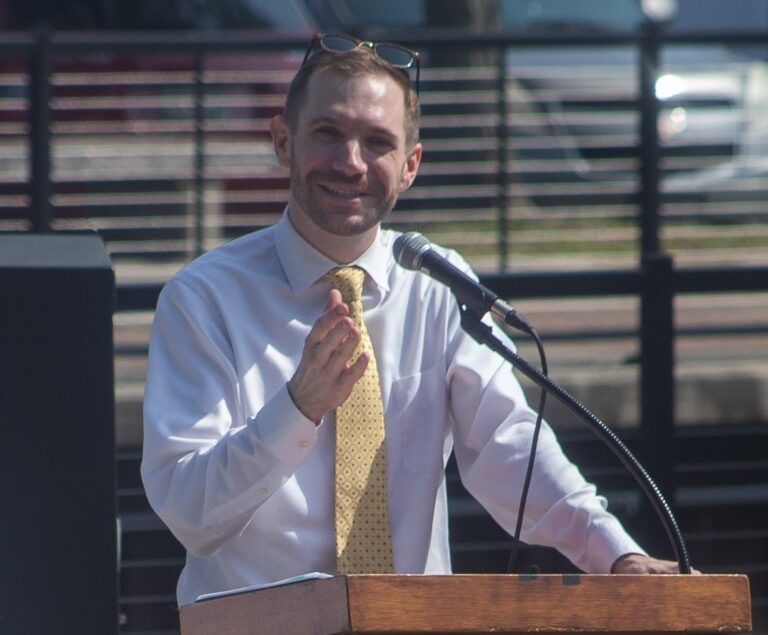
The CREATE Plan | Message from the Executive Director
“After extensive research and collaboration, the Delaware Arts Alliance proudly introduces the Creative Economy Advancement and Tourism Expansion (CREATE)…
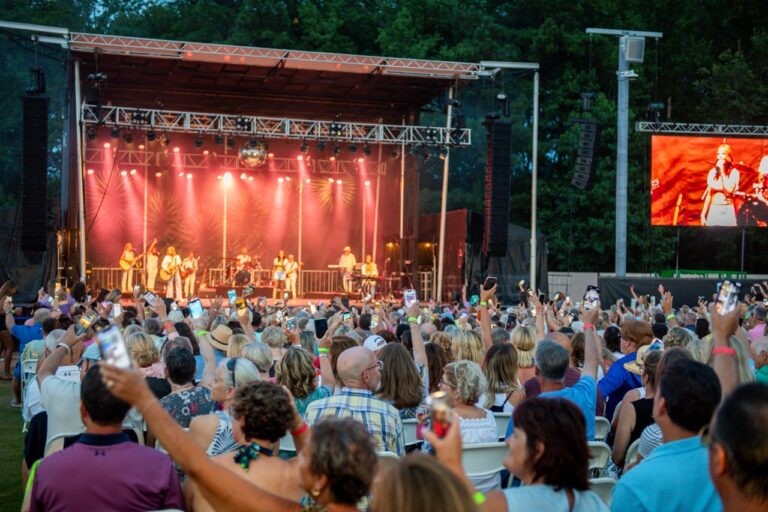
Why Cultural Tourism Matters | Message from the Executive Director
“After extensive research and collaboration, the Delaware Arts Alliance proudly introduces the Creative Economy Advancement and Tourism Expansion (CREATE)…
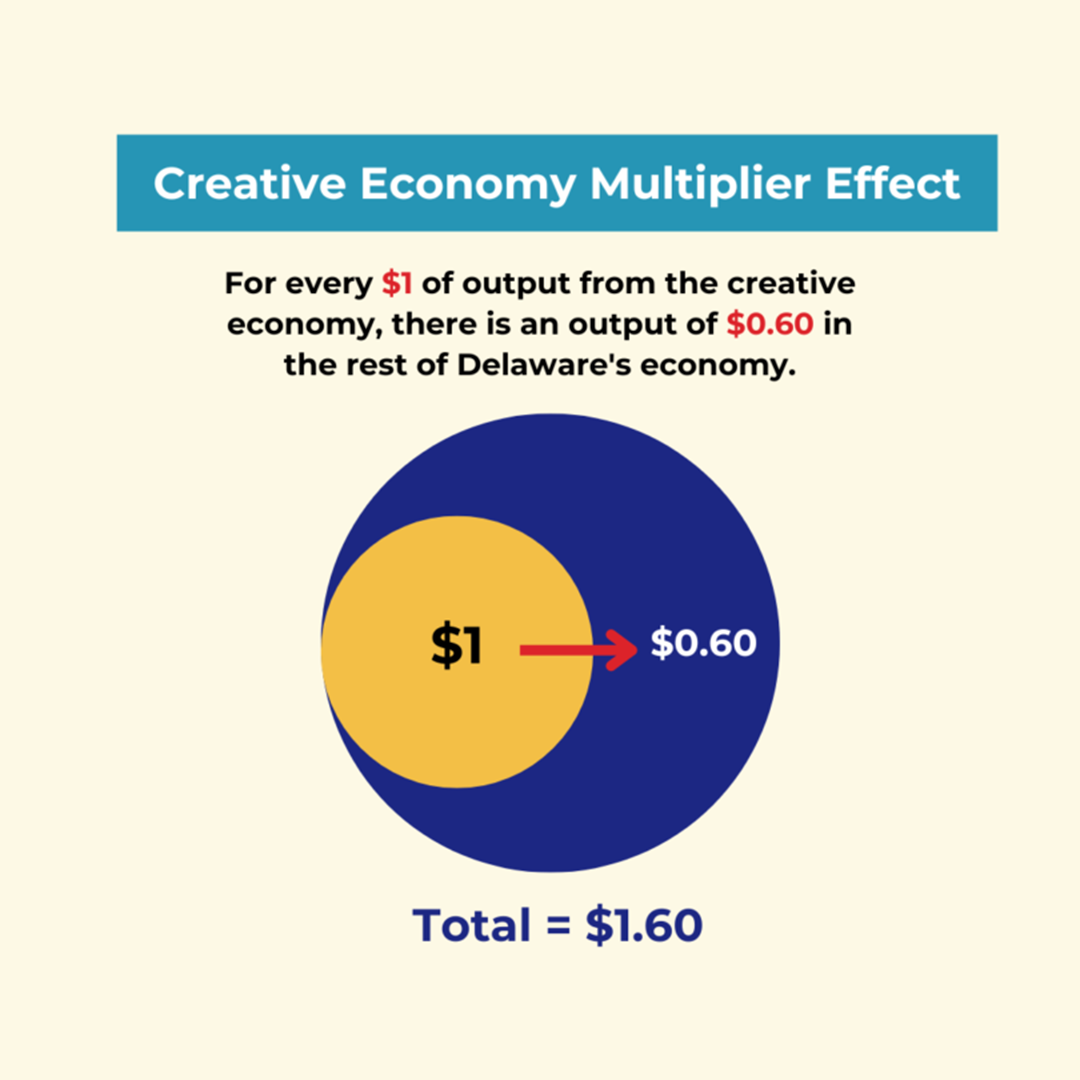
Funding the Creative Economy | Message from the Executive Director
“After extensive research and collaboration, the Delaware Arts Alliance proudly introduces the Creative Economy Advancement and Tourism Expansion (CREATE)…

Stay Connected to DAA
Interested in the CREATE Plan and other exciting developments in the creative economy? Sign up for our mailing list to receive news from the Delaware Arts Alliance!
Press
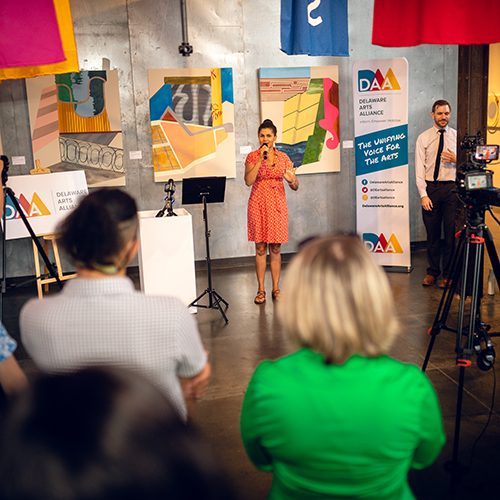
How to boost Delaware’s creative economy: arts advocates roll out recommendations
WDEL
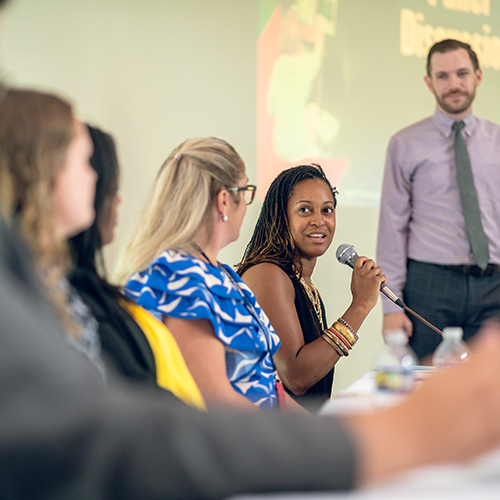
Delaware study aims to revitalize state’s arts and culture with new online map to boost economy and tourism
WHYY
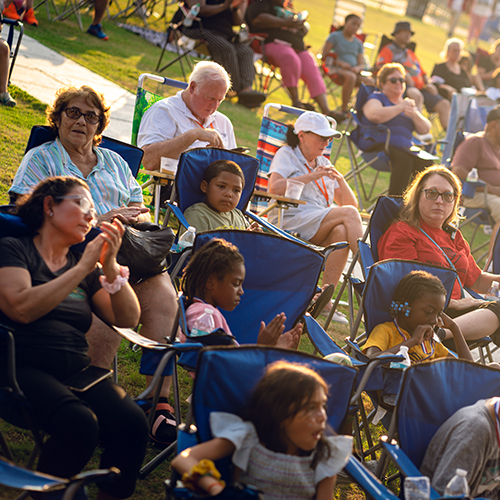
Supporting the Creative Economy – Cultural Tourism Matters
Delaware Business Times
How Was This Project Funded?
The CREATE Plan’s funding was announced by Governor Carney in February 2022. The DAA received support from the American Rescue Plan Act (ARPA) through the Delaware Division of Small Business. This funding is part of the Economic Development Administration’s (EDA) American Rescue Plan Travel, Tourism & Outdoor Recreation program. The EDA program aims to bolster the economic recovery and resilience of communities significantly affected by the coronavirus pandemic within the travel, tourism, and outdoor recreation sectors.
The DAA also receives funding for general operations and organizational support from the Longwood Foundation, The Welfare Foundation, the Delaware Division of the Arts, the Delaware Department of Education, and our member organizations, which helped inform the CREATE Plan’s development.
Questions?
For inquiries, please contact info@delawareartsalliance.org.





